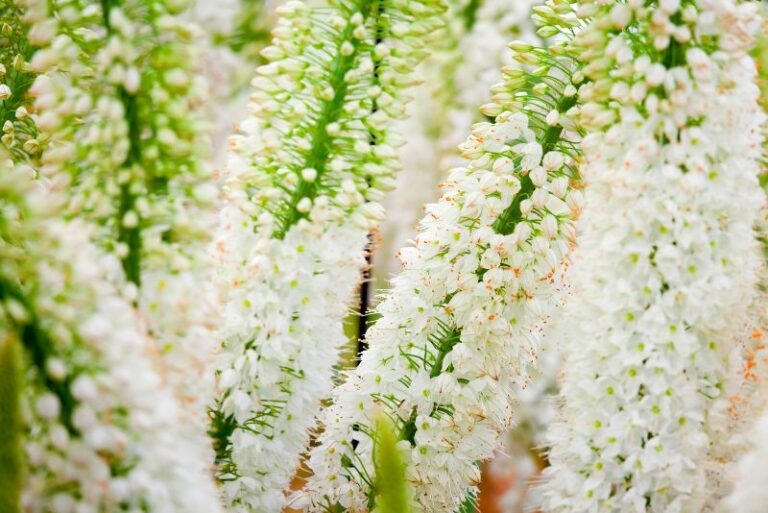Exploring the Edibility of Fuchsias: Berries, Leaves, and Flowers
The vibrant colors and delicate silhouettes of fuchsia plants have long enchanted gardeners and nature lovers around the world. Yet beyond their ornamental value, these plants harbor a delightful secret. Fuchsias, it turns out, are not just a feast for the eyes, but they can also be a unique addition to the culinary world. Join us on a journey through the various ways that fuchsias, from their berries to their flowers, can find a place at your dining table.
Fuchsia Berries: A Tangy Treat

Fuchsia berries, often a dazzling shade of purple or red, are a distinctive feature of the plant. When ripe, these little fruits pack a tangy punch that can add a lively note to your palate. First and foremost, foraging for fuchsia berries must be done with care. Not all varieties of fuchsia are edible, and it is crucial to positively identify the species before sampling.
Edibility and Taste
The taste of fuchsia berries has been described as a cross between the sharpness of cranberries and the sweetness of strawberries. They are enjoyed fresh, in jams and jellies, or as a unique ingredient in chutneys. The distinctive flavor-profile has found favor among food enthusiasts seeking to create preserves that stand out.
Nutritional Profile
Like many wild berries, fuchsia berries offer a range of health benefits. They are high in antioxidants, which are known to protect cells from damage and reduce inflammation. However, it is worth noting that because fuchsia berries are not commonly eaten, detailed nutritional information may be scarce.
Fuchsia Leaves: A Culinary Curiosity
Fuchsia leaves might not be the first thing that comes to mind when considering edible greens, but they can offer a fresh, slightly acidic flavor to a range of dishes.
In the Kitchen
As with any edible plant, the provenance of the leaves is critical—they should be from an identified edible variety, and preferably homegrown. Fresh fuchsia leaves can be a surprising ingredient in salads or as a flavorful addition to drinks, infusing a bright, almost citrusy undertone to your recipes.
Safety and Consumption
Fuchsia leaves should be consumed in moderation, as they contain small amounts of alkaloids. While alkaloids are naturally occurring compounds found in many plants and are not inherently harmful, excessive consumption could lead to negative effects. Always exercise caution and refrain from feeding fuchsia leaves to pets.
Fuchsia Flowers: An Aesthetic Addition
The elegance of fuchsia flowers makes them an appealing choice for adding a visual flourish to culinary creations. However, it’s not just their looks that set them apart, as they also offer a delicate flavor to match their appearance.
Culinary Applications
In cooking, fuchsia flowers can be used to garnish salads and desserts, lending a subtle floral note. They can also be candied for a sweet treat or floated atop beverages for a fragrant touch. Their unusual appearance makes them a favored choice for thoughtful plating, where their vibrant colors can bring a unique aesthetic to the table.
Allergy Sensitivity
Individuals with allergies to plants in the Onagraceae family, which includes fuchsias, may experience a reaction to the flowers or other parts of the plant if ingested. Use caution if you or your guests have known allergies and consider an alternative ingredient for those with sensitivities.
Historical and Cultural Significance
Fuchsias have made their way into various cultural practices and historical uses, serving as more than just an ornamental plant. In some folk traditions, fuchsias were believed to possess mystical properties, linked to themes of love and protection. They were sometimes included in traditional ceremonies and rites. In the culinary realm, fuchsias have found their place in regional dishes and home remedies in certain parts of the world.
Conclusion: A Tasteful Endeavor
The potential for fuchsias in the kitchen is as diversified as their appearances in the garden. When handled with knowledge and respect, fuchsias can delight the taste buds and offer a creative edge to your cooking. Remember to exercise caution, particularly when foraging or purchasing fuchsia-based products, and confirm the edibility of your specimens. Whether you’re savoring the tang of fuchsia berries, the zest of its leaves, or the elegance of its flowers, the fuchsia plant truly is an all-rounder in the world of culinary adventure.






